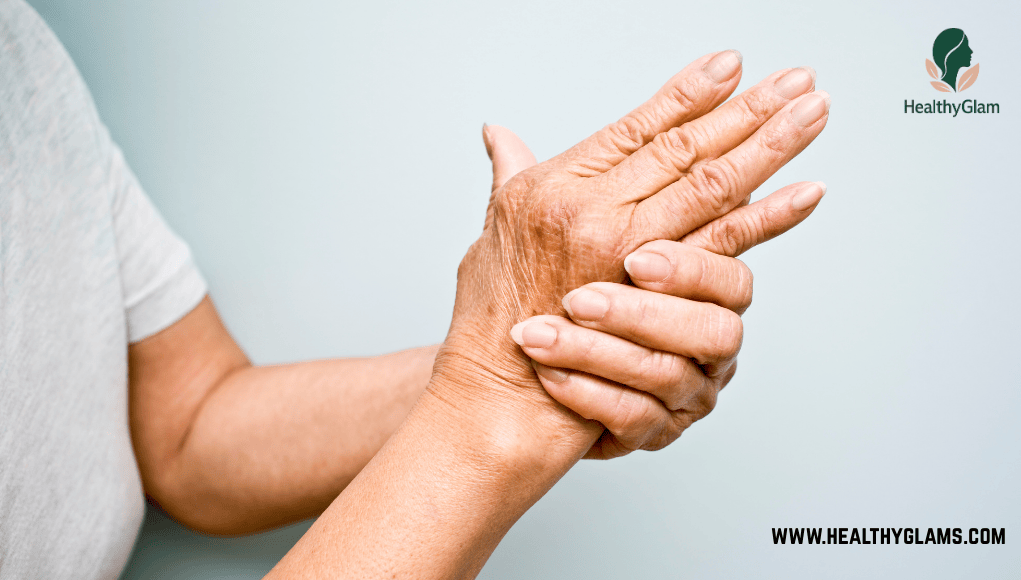1. Introduction to Arthritis
Arthritis is one of the most common chronic health conditions affecting millions globally. It causes joint inflammation, pain, stiffness, and reduced mobility, significantly impacting quality of life. While it’s commonly associated with aging, arthritis can affect individuals of all ages—including children.
This article provides a comprehensive look into arthritis—covering everything from symptoms and treatments to natural remedies for arthritis, lifestyle changes, and diet plans to improve your condition naturally.
2. What Is Arthritis?
Arthritis isn’t a single disease. It’s a general term referring to over 100 different types of joint disorders. The most common types are Osteoarthritis and Rheumatoid Arthritis. These conditions primarily affect joints but can also affect skin, eyes, lungs, and other organs.
Arthritis leads to cartilage degeneration, joint swelling, and stiff joints, making even simple daily tasks difficult.
3. Types of Arthritis
1. Osteoarthritis (OA)
- Caused by wear and tear of joint cartilage over time
- Mostly affects knees, hips, hands, and spine
- Common in people over 50
- Symptoms: Pain, stiffness, reduced flexibility, and bone spurs
2. Rheumatoid Arthritis (RA)
- An autoimmune disease
- Immune system mistakenly attacks healthy joints
- Can cause bone erosion and joint deformity
- Symptoms: Swollen joints, morning stiffness, fatigue, weight loss
3. Psoriatic Arthritis
- Associated with the skin condition psoriasis
- Can affect fingers, toes, and spine
- May cause nail changes and eye inflammation
4. Gout
- Caused by excess uric acid forming crystals in joints
- Mostly affects the big toe
- Symptoms: Sudden and severe joint pain, redness, swelling
5. Juvenile Arthritis
- Affects children under the age of 16
- Symptoms include persistent joint pain, swelling, and stiffness
- Often accompanied by fever and rash
4. Causes and Risk Factors
- Genetics: Family history increases risk
- Age: Risk increases with age
- Gender: Women are more likely to develop RA
- Obesity: Excess weight puts stress on joints
- Injuries: Joint injuries may trigger OA
- Infections: Certain viruses and bacteria can cause joint inflammation
- Autoimmune Disorders: These cause the body to attack its own tissues
5. Early Signs and Symptoms of Arthritis
- Joint pain during or after movement
- Morning stiffness lasting more than 30 minutes
- Swelling and redness around joints
- Decreased range of motion
- Warmth in joints
- Joint deformities in later stages
6. Diagnosis and Tests
Diagnostic methods include:
- Physical examination: Checking swelling, redness, flexibility
- Blood tests: ESR, CRP, rheumatoid factor, ANA
- Imaging tests: X-rays, MRIs, and ultrasounds
- Joint fluid analysis: To rule out gout or infections
7. Medical Treatments
Medications
- NSAIDs: Ibuprofen, naproxen
- Corticosteroids: Reduce inflammation quickly
- DMARDs: Used in RA
- Biologic agents: Target specific parts of the immune system
- Pain relievers: Acetaminophen for mild cases
Physical Therapy
Improves mobility and strengthens muscles around joints.
Surgery
- Joint replacement (hip or knee)
- Joint fusion for smaller joints
- Arthroscopy for removing loose cartilage
8. Natural Remedies for Arthritis Pain
- Hot and Cold Therapy: Warm compress reduces stiffness; Cold packs relieve swelling
- Epsom Salt Soaks: Rich in magnesium, eases sore joints
- Herbal Remedies: Turmeric, ginger, and Boswellia reduce inflammation
- Massage Therapy: Improves circulation and relaxes stiff muscles
- Acupuncture: Helps balance energy and reduce chronic pain
- Mind-Body Therapies: Yoga, Tai Chi, and meditation help reduce stress and inflammation
9. Arthritis and Diet: What to Eat and Avoid
Foods to Eat
- Fatty fish (salmon, tuna)
- Leafy greens (spinach, kale)
- Nuts and seeds
- Berries and citrus fruits
- Olive oil and avocado
- Whole grains and legumes
Foods to Avoid
- Processed sugar and snacks
- Red meats
- Dairy (for some)
- Fried foods
- Alcohol and soft drinks
- High-sodium items
10. Exercises and Physical Therapy
Regular low-impact exercises improve flexibility and reduce stiffness.
Best Exercises for Arthritis
- Walking
- Swimming
- Yoga
- Cycling
- Water aerobics
- Range-of-motion exercises
11. Daily Life with Arthritis: Tips & Joint Protection
Daily Tips
- Use assistive tools
- Choose ergonomic furniture
- Maintain a healthy weight
- Rest during flare-ups
- Use warm compresses in the morning
Joint Protection Techniques
- Avoid staying in one position too long
- Use large joints to carry weight
- Avoid repetitive movements
- Wear comfortable shoes with arch support
12. Myths and Facts About Arthritis
- Myth: Only old people get arthritis
Fact: Even children can develop juvenile arthritis - Myth: Exercise worsens arthritis
Fact: Proper exercise reduces stiffness - Myth: Arthritis is always painful
Fact: Some types cause only stiffness early on
13. FAQs About Arthritis
- Can arthritis be cured? No, but it can be managed effectively.
- What is the best medicine for arthritis pain? NSAIDs and corticosteroids are commonly used.
- Is walking good for arthritis? Yes, walking is beneficial for joint health.
- Can I treat arthritis at home? Yes, through diet, exercise, and natural remedies.
14. Conclusion
Arthritis is a chronic condition, but with the right knowledge, you can manage joint pain, maintain mobility, and improve your quality of life. Whether through medical treatments, natural remedies, or lifestyle adjustments, it is possible to live a full, active life even with arthritis.
Embrace healing through:
- Proper medical care
- Anti-inflammatory diet
- Regular low-impact exercise
- Herbal and natural remedies
- Mental and emotional wellness




